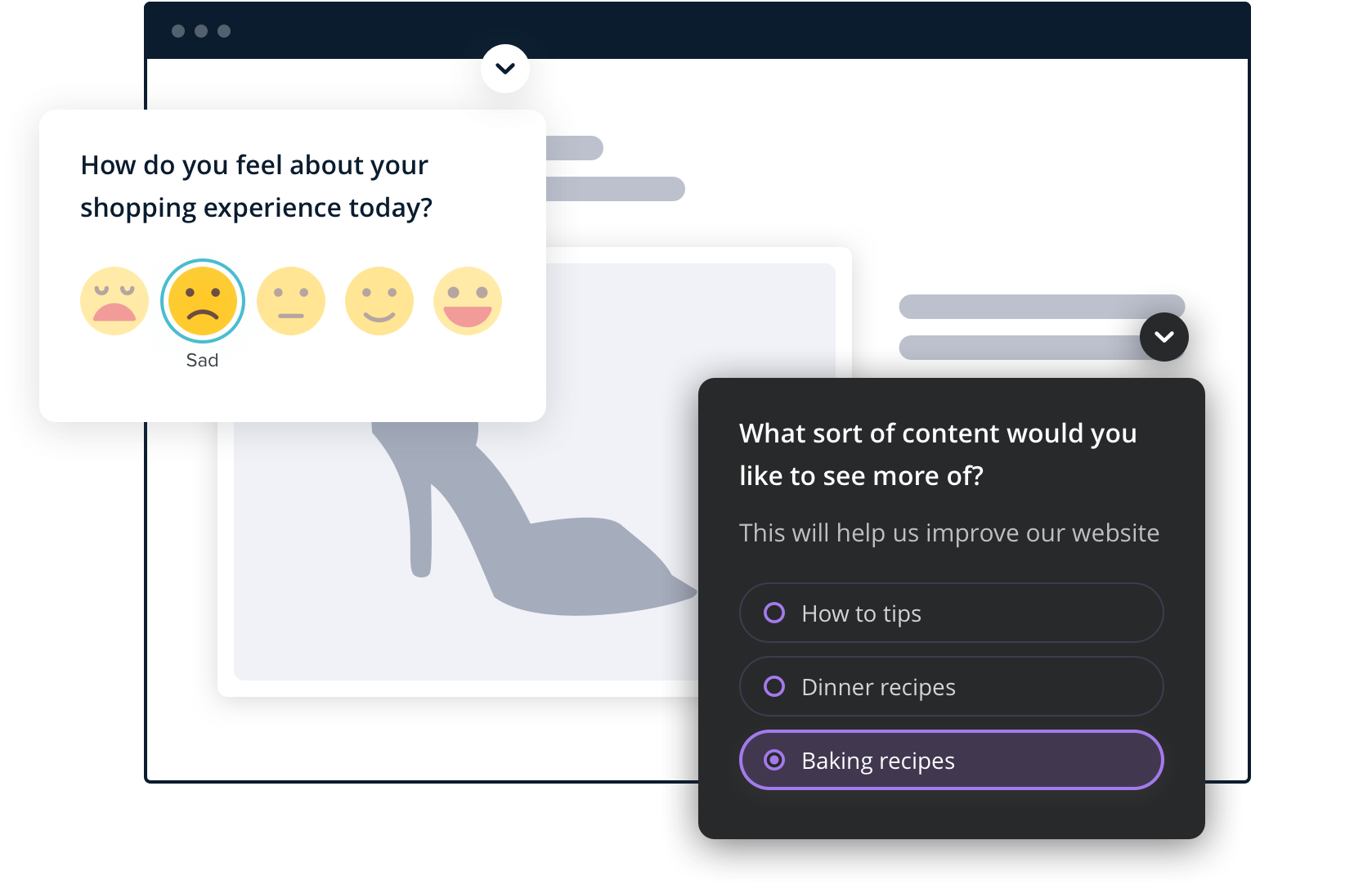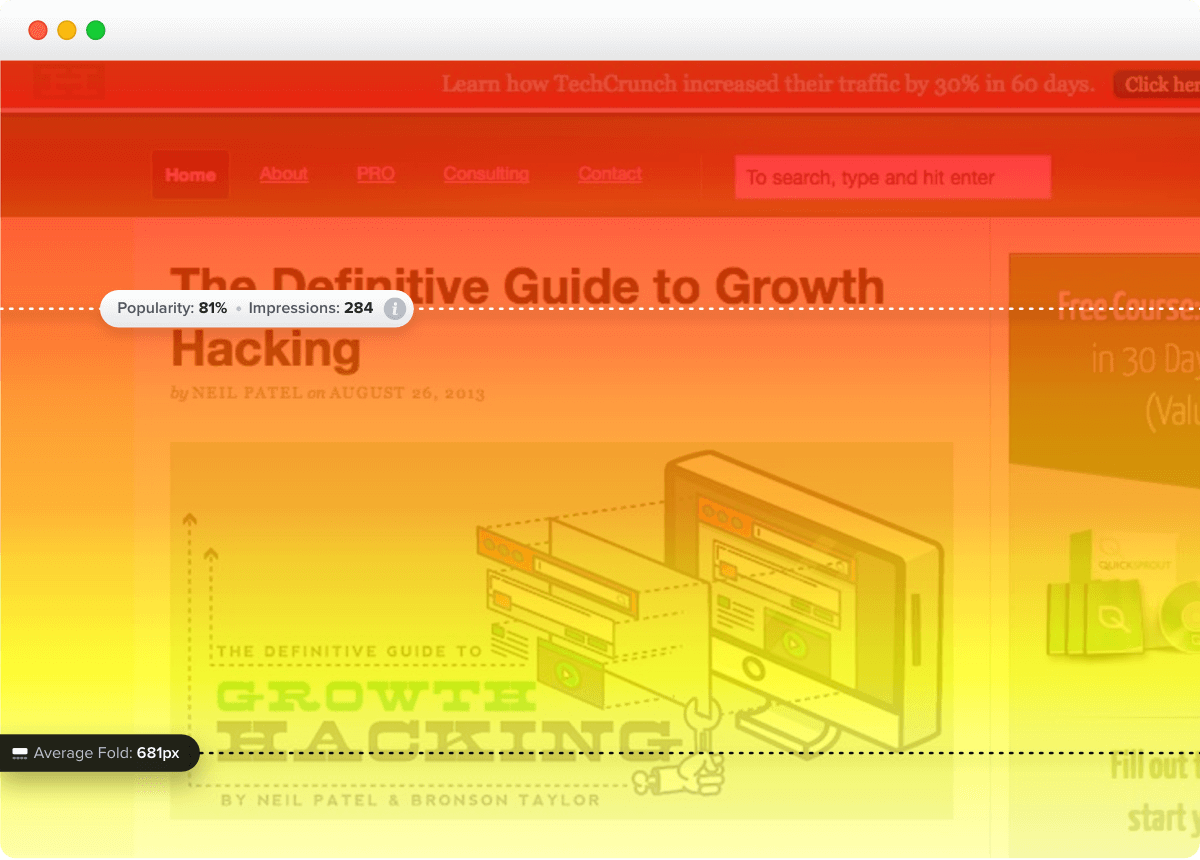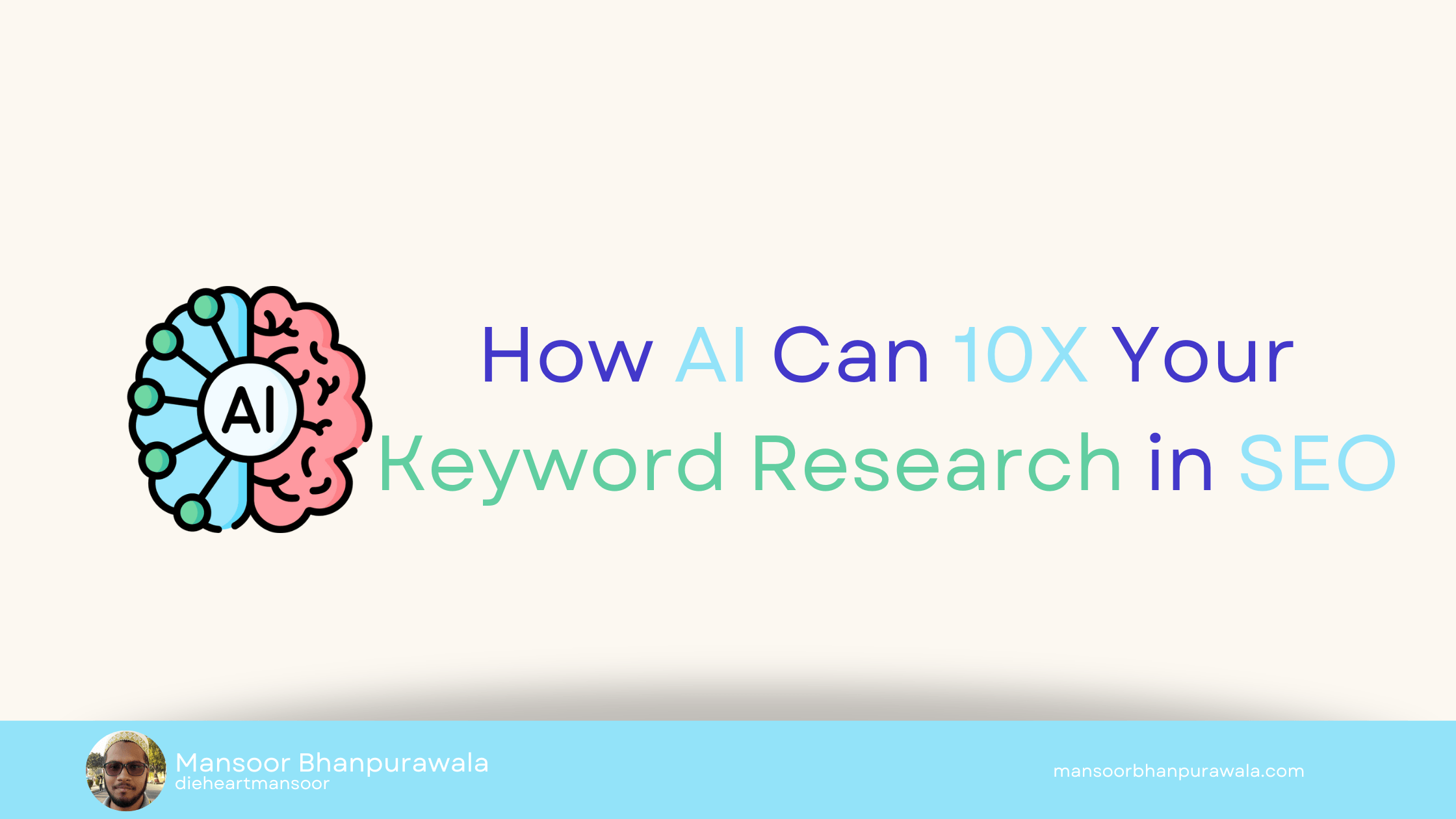
The Role of User Experience in Landing Page Optimization
“The Role of User Experience in Landing Page Optimization” – Optimizing landing page user experience is just as crucial as technical conversion rate optimization (CRO). The better experience you deliver, the more leads and sales your landing pages produce.
In this comprehensive guide, we’ll explore why user experience matters for conversion optimization, key UX elements high-impact landing pages focus on, tools to identify friction, and actionable tips to improve experience.
Let’s dive in and break down how to leverage UX for higher converting landing pages.
Why Website User Experience Impacts Landing Page Conversions
Many landing page best practices focus just on calls-to-action, forms, and layouts. But the overall user experience journey is equally important for generating leads and sales.
Here are key ways UX influences landing page performance:
1. Builds Trust and Credibility
Users have an inherent skepticism for direct sales pages. Quality user experience reassures visitors your page is professional, secure, and represents a credible business. This builds essential trust.
2. Reduces Bounce Rates
Poor UX often leads to immediate bounces before users even have a chance to convert. Fixing navigation problems, loading speed, and mobile responsiveness reduces bounce rates.
3. Extends Time on Page
The longer users stay engaged on your landing page, the more opportunity you have to educate them and guide them through conversion flows. Strong UX keeps people present longer.
4. Guides Users to Conversion Points
Your landing page UX must make it instinctively obvious how to convert – where to enter email, make purchases, book appointments, etc. Confusing UX hides conversion points.
5. Builds Understanding of Offer
Through the layout, copy, visuals, etc. the UX must communicate the core value proposition and why users should convert. Solid UX efficiently builds understanding.
6. Establishes Your Brand Voice
UX elements like microcopy, visual style, and tone of voice showcase your brand personality. Visitors convert more readily from brands they connect with emotionally.
In summary, optimizing user experience removes friction while establishing credibility and value to boost on-page conversion performance.
Now let’s explore the specific elements of landing page UX with an outsized impact on conversion rates.
Key Elements of Landing Page UX that Influence Conversions
While the full user experience matters, these core aspects have the greatest impact on visitor behavior and conversion rates:
Clear Value Proposition
Your primary unique selling proposition and messaging have seconds to resonate with visitors upon landing. Ensure your headline, images, and copy work together to communicate core value fast.
Logical Page Layout
Visually guide visitors down the ideal path, drawing eyes to conversion points. Use whitespace, contrast, and layout judiciously to direct visitor attention.
Strong Calls-to-Action
Calls-to-action must immediately instill action with urgent language, high contrast buttons, and strategic placement guiding visitors.
Minimal Form Fields
Long, complex forms increase abandonment. Where possible use progressive disclosure to reveal additional fields after conversions start. Minimize upfront form friction.
Transparent Security and Privacy
Build trust by being transparent about site security, privacy, and payment details. Feature badges like Norton Secured or TRUSTe.
Mobile Responsiveness
If your landing page isn’t mobile-optimized, you are losing up to 60% of potential conversions. Use responsive design and test on all devices.
Clear Navigational Path
Navigation links, breadcrumbs, and menu options should provide an obvious path if users want to explore more before converting. Don’t hide navigation.
Performant Page Speeds
Slow load times signal amateurism and will trigger high bounce rates. Optimize images, enable compression, and fix render-blocking resources.
On-Brand Design Elements
Visually reinforce brand recognition and connection through colors, fonts, logos, etc. integrated into the landing page experience.
Prominent Social Proof
Display positive social proof like testimonials, security badges, certifications, and customer logos to establish credibility fast.
Tools to Identify UX Issues Hurting Conversions
How do you accurately pinpoint UX problems sabotaging landing page performance? These tools provide data-driven insight:
1. Clickmaps

Clickmap tools like Crazy Egg track exactly how visitors engage with pages. Spot areas with low clicks signaling confusion.
2. Session Recordings
Session recordings create heatmaps showing how users move through pages. See behavior patterns around conversion points.
3. Form Analytics

Form analytics tools analyze at scale where visitors drop out of forms. Identify fields creating the biggest friction.
4. User Surveys

Collect structured user feedback around UX satisfaction through surveys at key conversion points.
5. Scrollmaps

Scrollmaps visualize how far down visitors scroll on pages before abandoning. Determine above the fold issues.
6. A/B Testing

A/B test versions of pages with tightened layouts, fewer form fields, clearer calls-to-action etc. to see direct UX impact.
Leverage a mix of hard click data with qualitative feedback from users to home in on weak points undermining conversion performance.
Now let’s move on to specific tactics you can implement to optimize user experience.
Actionable Tips for Optimizing Landing Page User Experience
Here are powerful yet achievable tactics for enhancing landing page UX to boost conversions:
Conduct UX Audits
Critically audit landing page user flows assuming no familiarity. Identify confusing elements, unclear calls-to-action, complex layouts.
Reduce Form Fields & Friction
Cut optional form fields. Use pre-fill and hidden progressive disclosure. Minimizing data entry drives conversion lift.
Ensure Mobile Responsiveness
Review the mobile experience and usability carefully. Mobile visitors demand optimized experiences.
Improve Page Load Speed
Shave seconds off load times through image optimization, caching, code minification, and compression. Faster experiences convert better.
Direct Visitor Attention
Use contrast, visual hierarchy, whitespace, and F-Pattern layout composition to direct visitor attention to key conversion elements.
Strengthen Primary CTAs
Increase button size, use high contrast colors, employ action-driving language, and promote placement to spotlight primary CTAs.
Reduce Exits and Bounces
Analyze exit pages and tweak UX elements causing abandonment like unclear navigation, lack of contact information, or uninspiring page length.
Use Benefit-Focused Copy
Communicate benefits using you-oriented language visitors relate to, not features. Speak to their desires and frustrations your offer relieves.
Guide Visitors Down the Page
Use whitespace, visual flow, and clear page length indicators like progress bars to entice continued scrolling down the page.
Show Social Proof
Spotlight positive reviews, testimonials, or case studies to establish credibility and trust at higher conversion rates.
Optimizing UX for Different Landing Page Types
Certain types of landing pages require specialized UX treatment and best practices:
Long-Form Content Pages
Add clear section navigation, generous whitespace between paragraphs, relevant graphics & videos, and calls to download content assets for gated offers.
Video Sales Pages
Focus on concise headlines, strong hooks early in videos, discrete segmenting into chapters, and prominent calls-to-action for viewers to convert.
Lead Generation Pages
Reduce form fields, only include essential info, use a multi-step or progressive approach, and provide immediate value in exchange for contact details.
Webinar Registration Pages
Showpanic indicators conveying limited space builds urgency. List detailed event information. Add social proof and security badges to boost trust for required info.
Regardless of landing page type, the core UX principles remain similar – establish value quickly, build user trust, minimize friction, and make calls-to-action unavoidably obvious. Adapt these foundations based on the specifics of your pages and offers.
Optimizing UX Across the Full Buyer Journey Funnel
Beyond standalone landing pages, your website UX must align across the full buyer journey to drive conversions:
Attract Visitors
Landing pages should capture attention with a strong hook and clearly convey your value proposition.
Engage Visitors
Site pages should anticipate visitor questions and know how to advance their journey with calls-to-action, content downloads, dynamic product explorers, etc.
Delight Visitors
Surprise and delight visitors with well-timed surveys, popups or live chats to provide assistance and a personalized feel.
Convert Visitors
Only after properly moving visitors through the attraction, education, and delight stages will conversion points pay off. Don’t rush to convert at the expense of experience.
Adopting this top-level view of crafting a cohesive user experience – not just isolated landing pages – sets your conversion optimization efforts up for sustainable success.
Common UX and CRO Questions
Let’s review answers to some frequently asked questions around optimizing user experience to boost landing page conversion rates:
How much does UX impact conversion rate vs page copy and layout?
Roughly a 60/40 split – UX, brand trust and presentation make up ~60%. Copy and technical elements drive the other ~40%.
What’s a quick win tactic to improve UX?
Reducing form field requirements or friction. Add progressive disclosure for optional fields. Minimize upfront data needs.
If I don’t have developer resources, how can I improve UX?
Focus on copy, layout adjustments, dipping visual friction points, and reducing page length. Many big UX lifts don’t require engineering.
Should I rewrite all copy before testing UX changes?
No – start with UX wins first, as poor UX undermines even the best written copy. Then optimize copy once UX is stronger.
Do visitors really notice small UX details like button color?
Absolutely – subtle elements like fonts, contrast, microcopy, and interaction delight all combine to make lasting impressions. Details matter.
How much should I rely on qualitative UX feedback vs data?
Take a mixed approach. Use data like clickmaps to identify issues, but also lean on qualitative user interviews and surveys to better understand frustrations.
If I don’t have analytics, how can I measure UX lift?
Proxy metrics like time on site, pages per visit, and bounce rates can indicate UX improvement early on. But ultimately you want connected analytics.
Wrapping Up
Optimizing user experience must be a core element of any high-converting landing page strategy. UX establishes trust while guiding visitors seamlessly through conversion journeys.
Use this comprehensive guide to audit your existing landing pages, identify UX weaknesses stunting conversion performance, and take tactical steps to optimize experience.
Remember to focus on UX holistically across your full buyer journey – not just isolated landing pages. Consistency and cohesion pay dividends.
Want expert help improving landing page user experience and conversions? Our specialized team has unlocked millions in CRO gains for clients through UX-driven optimization. Contact us to get started.




